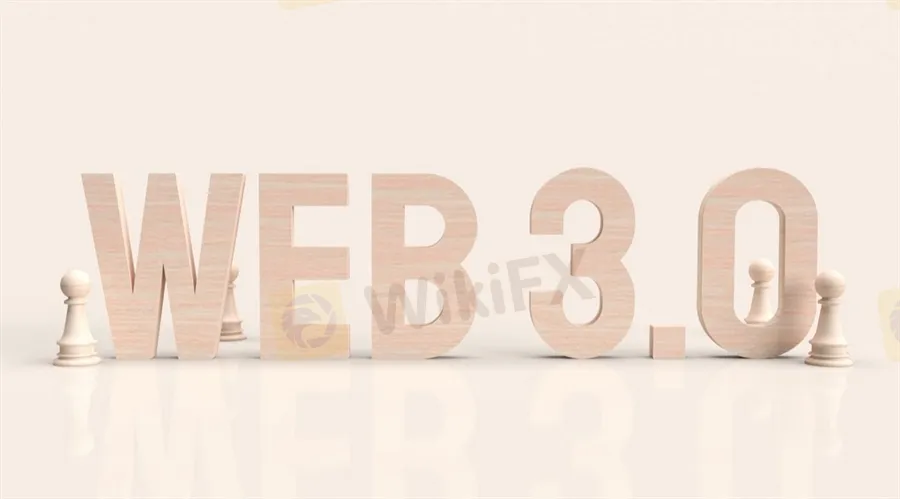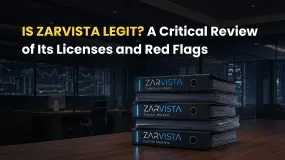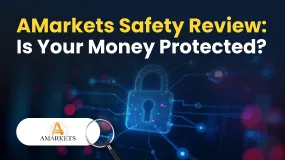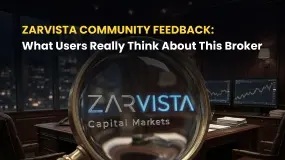Abstract:A lot of people say it doesnt even exist yet, but web3 is still getting a lot of attention.

It‘s one of the most popular phrases being bandied around by Silicon Valley execs, with some of the world’s best known tech entrepreneurs arguing over its very definition. Its attracting huge amounts of money too, with investors injecting an incredible $30 billion into web3 startups over the last year. Celebrities are scrambling to jump on the bandwagon, paying millions of dollars to acquire the rights to cartoon apes and other digital tokens to represent themselves on social media.
With so much money being thrown around the web3 space recently, there‘s been a lot of talk of a bubble emerging. O'Reilly Media founder Tim O’Reilly, the man who coined the phrase “web2” many eons ago, penned a recent blog post in which he stated web3 is almost certainly in a bubble and that its way too early to get excited about the idea just yet. His thoughts were echoed by a similar article in the Financial Times and by bloggers such as CoinYuppie, to name just a few. The “web3 bubble” has often been likened to the “Dot.com bubble” that occurred in the late 1990s, when hundreds of highly valued Internet startups collapsed virtually overnight following years of growing investment in the then-nascent industry.
What‘s interesting about web3 is that it’s able to attract so much money despite most people not even being able to agree on exactly what it is. The term “web3” is shorthand for Web 3.0, which is usually, but not always, spelled with a capital “W”.
The idea is this: Web 1.0 was the original Internet that first emerged with the development of web browsers in the early 1990s and the first static websites that were mostly just informational. Web 2.0 emerged around a decade later with the rise of Internet giants such as Google and Facebook and concepts like social media.
Now, we‘re said to be on the cusp of Web 3.0, which is a vision of a future Internet where control of data, and therefore ownership, is more democratic. For many of its proponents, web3 represents a new and positive trend in the Internet’s evolution, one which will be more decentralized and lean heavily on things such as blockchain, NFTs, cryptocurrencies and the much-vaunted metaverse. Itll be an Internet where users have full control over their data and personal information, and a much higher degree of anonymity.
The idea of web3 was first introduced by the Ethereum co-creator Gavin Wood, who now heads up the Polkadot blockchain. His simple definition of web3, which he described back in 2014, is of an Internet with “Less trust, more truth”.
The Dot.com Bubble
It‘s not really surprising that many people equate the rise of web3 with the infamous dot.com bubble. It was a fairly momentous event that’s still in living memory for many of us. It was one of the craziest bubbles of recent times. From 1995 until 2000, investors poured millions of dollars into new Internet startups, believing they were on the verge of a new digital era. At one point during the bubble, the Internet sector grew by over 1,000% in just two years, equaling almost 6% of the U.S.s entire market capitalization and accounting for 20% of all its publicly traded equity volume.
With such incredible gains to be had, thousands of people borrowed money to invest in early-stage Internet firms to take advantage of that stunning growth.
It all came crashing down though. As with all bubbles, the result was a bloodbath, with the NASDAQ index hitting a peak score of 5,048.62 on March 10, 2000, before subsequently losing almost 80% of its value in the next two years. Numerous overvalued firms, most famously Pets.com, went out of business as the market lost over $7 trillion in value.










